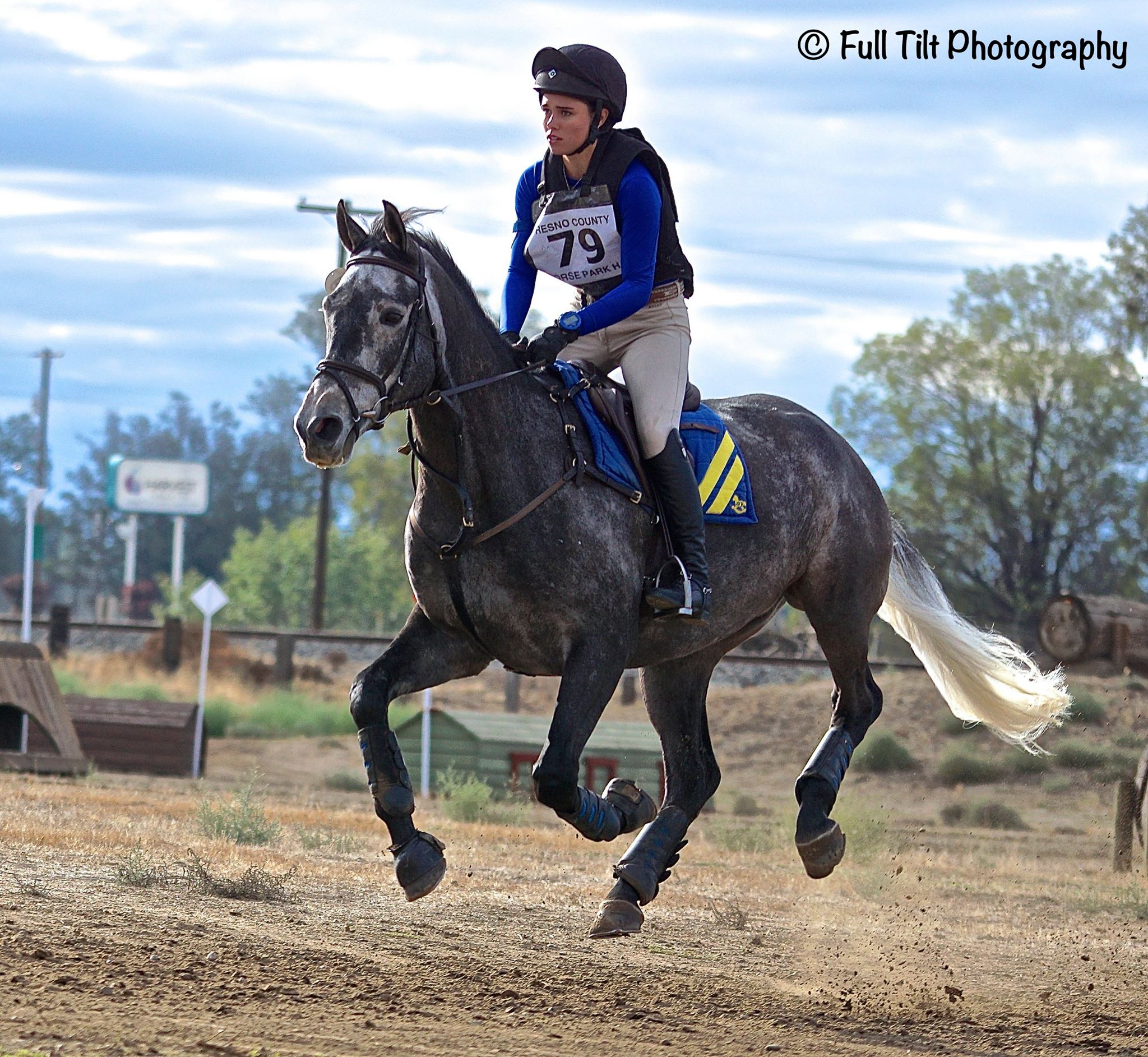
Why is self carriage at the gallop so important? Let me describe what happens with horses and riders in our sport when the horse is NOT in self carriage at the gallop:
On cross country, when horses are galloping along heavily on their forehand between fences, their front feet and legs are taking a pounding with every stride. This can often eventually lead to soundness issues. There will also obviously be a huge extra need for "set up" at each fence, especially so with the more complicated fences. And when the rider tries to change that balance to approach a fence, there will most likely be resistance on the horse's part. Why?
Because even the most well trained horse will find it difficult to comply to his rider's requests with the state of balance they are in. This often means that riders will have to "wrestle" with their horses to try to rebalance and set up for each fence, using the reins quite strongly. Several things happen when this is the case...
First of all, a whole lot of energy is wasted with these struggles. So mental and/or physical fatigue can become more of an issue, for both horse and rider, especially on longer, more difficult courses. Also, when riders are adding more and more rein pressure to bring their horses back to them and rebalance, the horse's mouth will become less and less responsive. And you know what this means!
Riders then have to pull even harder to be heard, as their horses begin to tune them out. Some horses "shut down" in a way when they have had too much pressure on their mouth - almost like their mouth has gone numb. And others panic and try to run away even more when they know their rider is going to start to pull hard on their mouth.
This is true in regards to maintaining the desired speed between fences as well. I learned this one the hard way myself. If you have a horse that wants to go, go, GO... It is not a good idea to attempt to "hold them back" through the whole course. Because the horse's mouth will become less and less responsive as the course goes on, and you will likely find yourself having very little control by the end of the course!
Horses and riders in any of these scenarios are at a MUCH greater risk of having a dangerous or even catastrophic fall at a cross country fence. Because they are not in true harmony. And any fighting that goes on between horse and rider as the rider frantically tries to rebalance the horse in front of the fence (or to try to attain some preconceived "take off spot") risks taking the horse's focus OFF of the fence. That is NEVER a good thing.
And finally, every time riders have to resort to wrestling their horses back to them, more strain is added to the horses' backs and hocks. So the soundness repercussions from not galloping in balance and self carriage can show up anywhere in the horse's body.
Fortunately, training for self carriage at the gallop is not terribly difficult. It just takes time and effort. Here's how to do it: (Click on Article Title above to read full article)